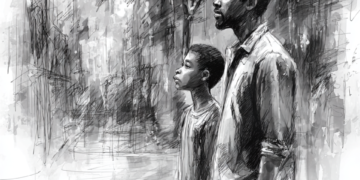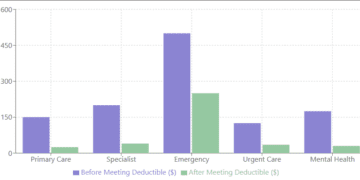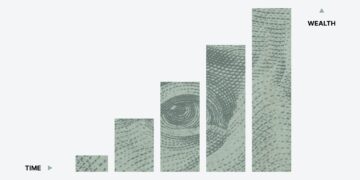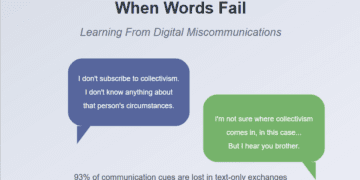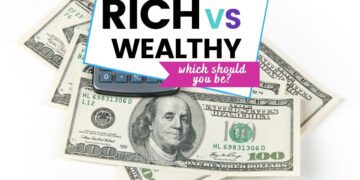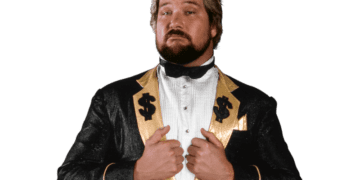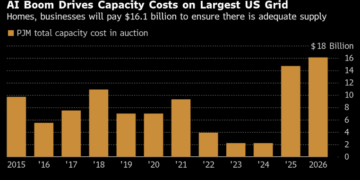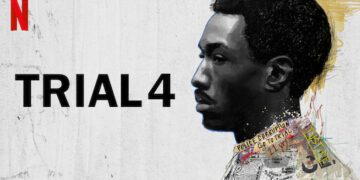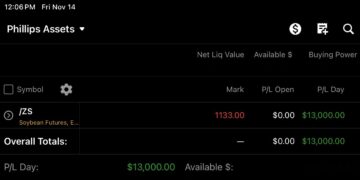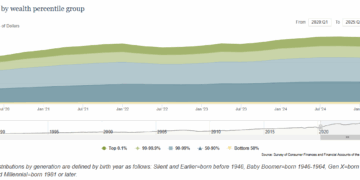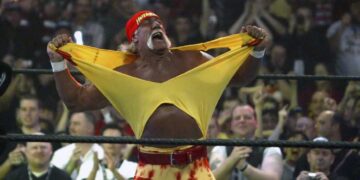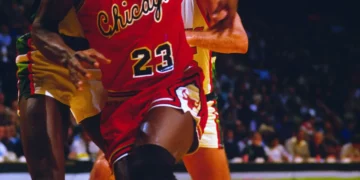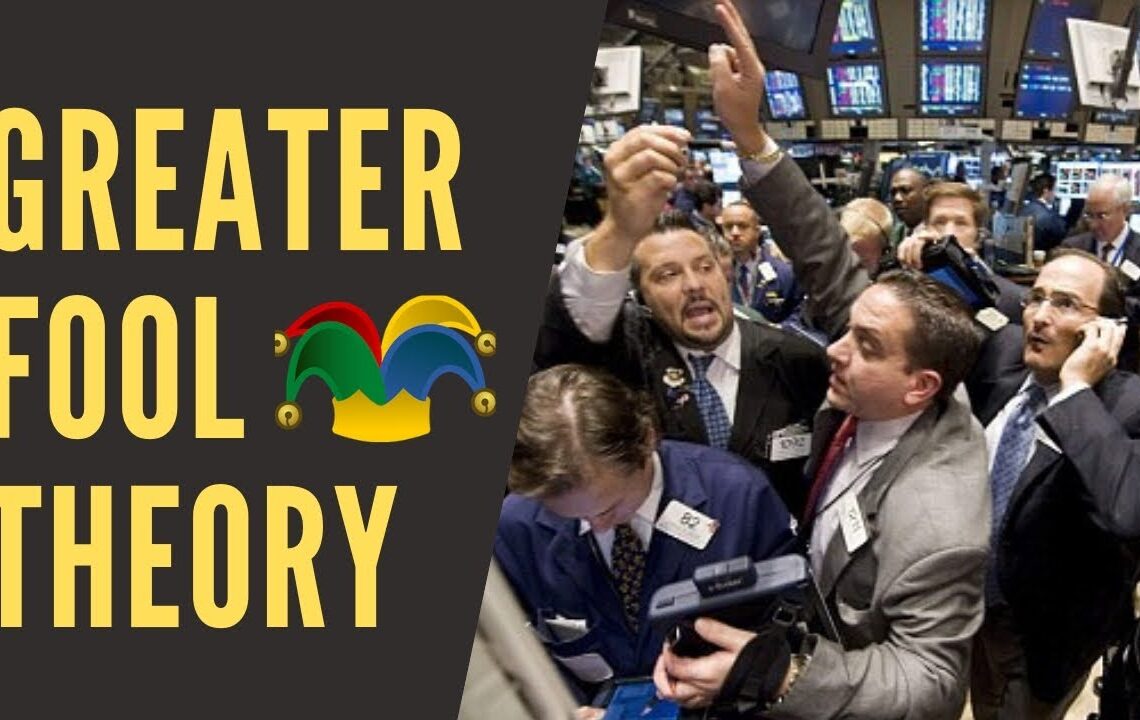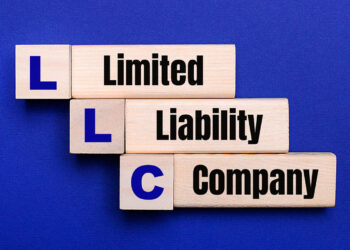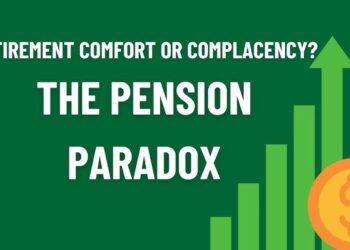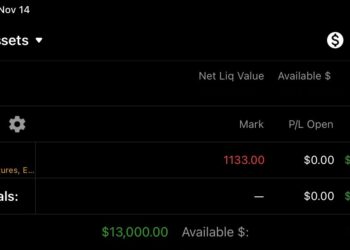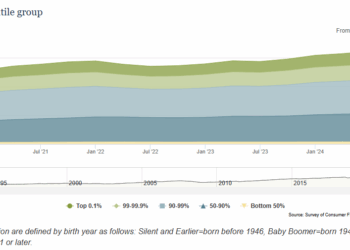Yo, listen up. Last time I wrote about NFTs and how that whole market crashed and burned, I touched on something that’s been playing out in markets since forever—this whole cycle of hype, speculation, and people left holding the bag. Today, I wanna break down the engine that drives all of that: the Greater Fool Theory. And trust me, once you understand this, you’re gonna start seeing it everywhere.
What Is This Greater Fool Theory Anyway?
Here’s the real talk: the Greater Fool Theory is when you buy something—could be anything, stocks, real estate, Pokemon cards, whatever—not because you think it’s actually worth what you’re paying, but because you believe some other fool is gonna come along and pay you even more for it later.
Let me say that again for the people in the back. You know you’re overpaying. You know it ain’t worth the price. But you buy it anyway, betting that there’s a bigger fool than you waiting down the line.
The economist John Maynard Keynes put it like this back in the day:
“The market can remain irrational longer than you can remain solvent.”
What he was getting at is that in these situations, fundamentals don’t matter. Logic don’t matter. It’s all about finding that next person willing to pay more than you did. It’s musical chairs, but with your life savings on the line.
How We Got Here: A History of Fools
This ain’t nothing new. People been playing this game for centuries, and every generation thinks they’re smarter than the last one. Spoiler alert: they ain’t.
Tulip Mania (1630s)
Let’s start way back in Holland, 1630s. You know what people were losing their minds over? Flowers. Straight up tulips. At the peak of this madness, a single tulip bulb—not even a whole garden, just ONE bulb—was selling for more than what a skilled craftsman made in a year. Some rare varieties were going for the price of a house in Amsterdam. A whole house.
People were mortgaging their homes, selling their businesses, putting everything on the line for tulips. Why? Because they believed someone else would pay even more tomorrow. Then one day in February 1637, nobody wanted to pay those crazy prices anymore. The market collapsed overnight, and a whole lot of people got left holding tulips they couldn’t sell.
The Dot-Com Bubble (Late 1990s)
Fast forward to my lifetime. The internet was the hot new thing, and everybody wanted in on the action. Companies that had never made a single dollar in profit were valued at billions just because they had “.com” in their name. Pets.com, eToys, Webvan—these companies were burning through cash like it was going out of style, but their stock prices kept climbing.
The logic went something like this: “Yeah, they’re losing money now, but the internet is the future, so someone’s gonna pay more for these shares than I did.” That worked right up until March 2000, when reality came knocking. The NASDAQ lost about 78% of its value over the next two years. According to the Federal Reserve, over $5 trillion in market value just vanished.
The Housing Crisis (2000s)
Then we had the housing bubble. People were buying houses they couldn’t afford, taking out mortgages that didn’t make no sense, all because they believed real estate only goes up. Flippers were buying properties with no money down, planning to sell them for a profit before the first payment came due. Banks were giving out loans to anybody with a pulse.
I remember cats in my neighborhood talking about buying their third investment property when they barely could afford the first one. “House prices always go up,” they’d say. “Get in now or get priced out forever.” Until 2008 rolled around and the whole thing came crashing down, taking the global economy with it.
Crypto and NFTs (2020s)
And that brings us to now. Or actually, to a couple years back. The crypto boom and NFT mania were textbook examples of Greater Fool dynamics. People were buying digital pictures of apes for hundreds of thousands of dollars, not because they loved the art, but because they thought they could flip them for millions.
I laid this out in my last article, but it’s worth repeating: prices weren’t based on any intrinsic value. They were based purely on the belief that the next person would pay more. When I wrote about that $69 million NFT, I wasn’t just talking about one expensive JPEG—I was talking about a whole market structure built on finding greater fools.
The Psychology: Why We Keep Falling For It
Now here’s where it gets interesting. You might be thinking, “I’d never fall for that. I’m too smart.” But let me tell you something—some of the smartest people I know got caught up in these bubbles. It ain’t about intelligence. It’s about psychology.
FOMO Is Real
Fear of Missing Out is probably the strongest force in these markets. When you see your cousin, your coworker, your barber all making money on something, it’s hard to sit on the sidelines. There’s this voice in your head saying, “Everybody’s getting rich except you. Get in now before it’s too late.”
Social media makes this worse. You see people flexing their gains on Twitter, Instagram, TikTok. You don’t see the losses—people don’t post those. So you get a skewed picture where it looks like everybody’s winning except you.
The Herd Mentality
Humans are social creatures. We look to others for cues about what’s valuable, what’s normal, what’s smart. When enough people are doing something, we assume they must know something we don’t. That’s why these bubbles can grow so large—once the crowd starts moving in one direction, it’s hard to bet against them.
Recency Bias
We give too much weight to recent events. If prices have been going up for months or years, our brains trick us into thinking they’ll keep going up forever. We forget that what goes up must eventually come down. We start believing “this time is different” even though it never is.
Confirmation Bias
Once we’re invested—both financially and emotionally—we start looking for information that confirms we made the right choice. We ignore the warning signs. We dismiss the skeptics as “haters” or people who “just don’t get it.” We surround ourselves with other believers who reinforce our views.
How To Spot A Greater Fool Market
So how do you know when you’re in one of these situations? Here’s what to look for:
Rapid Price Increases With No Fundamental Justification: When prices are doubling or tripling in short periods of time, but the underlying asset isn’t becoming more useful or valuable at the same rate, that’s a red flag. Real value grows steadily over time. Bubbles inflate rapidly.
Everyone’s Talking About It: When your uber driver, your dentist, and your grandmother are all giving you investment tips about the same thing, that’s usually a sign you’re near the top. By the time everyone knows about an opportunity, the easy money has already been made.
New Paradigm Thinking: Be wary when people start saying things like “the old rules don’t apply anymore” or “this changes everything.” History has fundamental principles, and they don’t get rewritten every few years, no matter what the hype machine tells you.
Easy Credit and Leverage: When it becomes super easy to borrow money to invest in something, that often fuels bubbles. Whether it’s no-money-down mortgages or platforms letting you trade crypto with 100x leverage, easy access to borrowed money tends to end badly.
Rising Participation From Inexperienced Investors: Not trying to be harsh, but when people who’ve never invested before are suddenly going all-in on something, that’s often a late-stage signal. These folks are typically the ones who buy at the peak and hold all the way down.
Here’s a table that breaks down the characteristics:
| Characteristic | What It Looks Like | Why It Matters |
|---|---|---|
| Price Disconnected from Fundamentals | Asset prices rising 50-100%+ while actual utility/revenue stays flat | Signals speculation, not investment |
| Media Saturation | Constant mainstream coverage, magazine covers, viral social media | Usually indicates peak awareness and late-stage bubble |
| New Investor Influx | People who never invested suddenly “experts” | Late arrivals often become bag holders |
| Dismissal of Skeptics | Critics called “old-fashioned” or “bitter” | Confirms echo chamber mentality |
| Extreme Predictions | “This will go to $1 million” or “This is the future of everything” | Shows irrational exuberance |
| Easy Leverage | Platforms offering high leverage, easy credit | Amplifies gains and losses, accelerates crash |
The Greater Fool Game Always Ends The Same Way
Here’s what people don’t wanna hear: there’s no new version of this story. It always ends with the same ending. Always. The specifics change—tulips, tech stocks, houses, crypto—but the pattern is identical.
The cycle goes like this:
- Innovation Phase: Something new and potentially valuable emerges
- Early Adoption: Smart money and genuine believers get in at reasonable prices
- Media Attention: Mainstream coverage brings in more participants
- Mania Phase: Prices detach from reality, driven purely by speculation
- Peak: Maximum participation, maximum optimism, maximum prices
- The Turning Point: Something triggers doubt—maybe a recession, regulatory changes, or just people realizing they’re overpaying
- The Crash: Panic selling, plummeting prices, no buyers at any price
- The Aftermath: Bag holders stuck with losses, early adopters already cashed out
The problem is that most people only get involved during steps 3-5, when the hype is at its peak. By the time you’re hearing about it everywhere, you’re probably late to the party.
Warren Buffett, who knows a thing or two about investing, said it best:
“Only when the tide goes out do you discover who’s been swimming naked.”
When the bubble pops, that’s when you find out who was investing based on fundamentals and who was just betting on finding a greater fool.
So What Do We Do With This Information?
Look, I ain’t saying never take risks. I ain’t saying every investment that seems expensive is a bubble. What I’m saying is: know what game you’re playing.
If you’re gonna get involved in something speculative, at least be honest with yourself about it. Don’t lie to yourself that you’re a “long-term investor” when you’re really just hoping to flip it for a quick profit. Don’t invest money you can’t afford to lose. And definitely don’t put your life savings into something just because prices have been going up.
The Securities and Exchange Commission has good resources on how to invest wisely, and the truth is, boring often beats exciting. Diversified portfolios, index funds, buying quality companies at reasonable prices—these strategies don’t make for good social media content, but they also don’t leave you broke when the music stops.
Here’s my advice, straight up: Before you invest in anything, ask yourself these questions:
Do I understand what this thing actually does or produces? If you can’t explain it to your grandmother, you probably don’t understand it well enough to invest in it.
Would I still want to own this if I couldn’t sell it for five years? If the only reason you’re buying is because you think you can sell it to someone else for more, you’re playing the Greater Fool game.
Am I buying this because of fundamentals or because of price momentum? There’s a big difference between investing in something because it has real value and buying it because the price has been going up.
What’s my exit strategy? If your plan is “I’ll sell when it feels right” or “I’ll sell when I’ve made enough,” you don’t have a plan. You need concrete criteria for when you’ll get out, both on the upside and the downside.
The Bottom Line
The Greater Fool Theory ain’t a strategy—it’s a warning. It’s what happens when markets stop being about value and start being about who can pass the hot potato before it burns their hands.
Every generation thinks they’ve found the new thing that changes everything. Every generation thinks the old rules don’t apply to them. And every generation eventually learns the same hard lesson: there’s always a last fool, and you don’t wanna be them.
I learned this watching people around me—smart people, hardworking people—lose money in these cycles. Some of them never recovered financially. Others recovered but carry the psychological scars of getting burned.
The good news? Once you understand this pattern, you can see it coming from a mile away. You can sit out the mania, let other people chase the returns, and keep your money safe. Yeah, you might miss out on some gains. But you’ll also avoid the devastating losses that come when the bubble pops.
And trust me, the bubble always pops.
Stay smart out there. Don’t be the greater fool.



